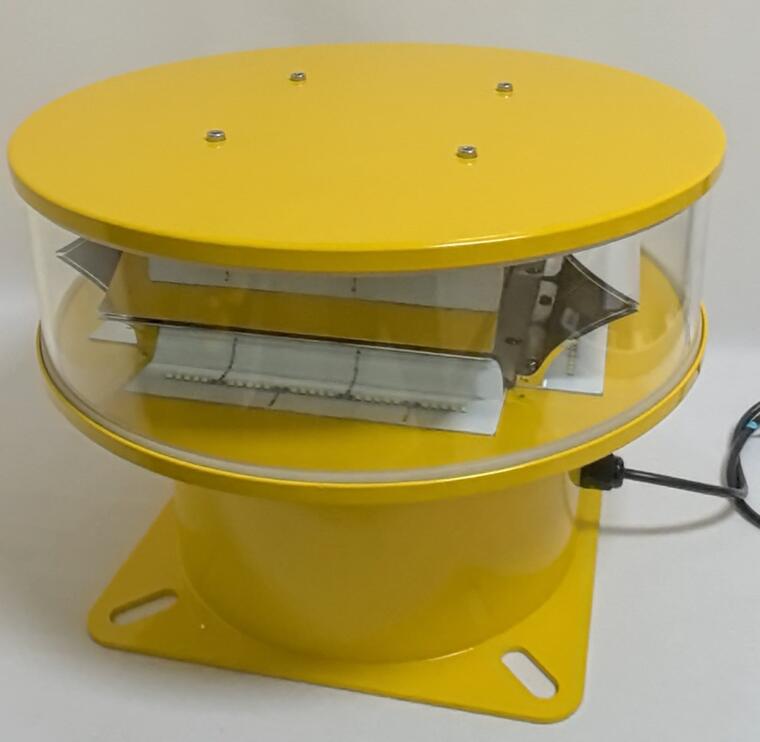ICAO Guidelines for Aviation Light: The Universal Language of Skyway Safety
In the vast, interconnected network of global aviation, a common language is essential. This language isn’t spoken; it is illuminated. The ICAO guidelines for aviation light provide this critical lexicon, establishing a universal code that ensures obstacle markings are understood by pilots from every nation, anywhere in the world. This article delves into the importance of these standards, their key requirements, and how adherence to them underpins the very safety of international air travel.
The Imperative for Global Standardization
Imagine a pilot navigating from Tokyo to Paris, crossing countless borders and airspaces. Inconsistent or confusing obstacle lighting could lead to catastrophic misinterpretation. The International Civil Aviation Organization (ICAO), a specialized agency of the United Nations, solves this problem by creating and mandating harmonized standards. Annex 14 to the Convention on International Civil Aviation, specifically Volume I (Aerodrome Design and Operations), provides the definitive framework for aviation light systems.
These guidelines ensure that a red beacon on a tower in Brazil conveys the exact same warning and required action as an identical beacon in Indonesia. This standardization is non-negotiable for aviation safety, creating a predictable and reliable visual environment for flight crews and air traffic controllers worldwide.
Decoding the Guidelines: Key Requirements for Obstruction Lighting
The ICAO guidelines meticulously classify obstruction lighting based on intensity and application, creating a clear hierarchy for marking hazards.
Low-Intensity Obstruction Lights: These are typically red lights used on obstacles that are lower than 45 meters above the surrounding ground or on structures located in less critical areas. They are the most basic form of marking.
Medium-Intensity Obstruction Lights: This category offers two types. Type B, steady-red lights, is used for obstacles between 45 and 150 meters. Type C, white flashing lights, provides a highly conspicuous warning and is often used in combination with other lights or for specific structures.
High-Intensity Obstruction Lights (HIOL): Reserved for the most critical obstacles, such as those exceeding 150 meters in height or structures deemed especially hazardous to air navigation (e.g., near airports or on major flight paths). These powerful white flashing lights are designed to be visible from great distances, even in daylight.

A crucial aspect of the ICAO guidelines for aviation light is the precise specification of light characteristics—flash rate, beam divergence, color chromaticity, and effective intensity. This scientific approach guarantees that each light performs its intended function with maximum efficiency and minimal ambiguity.
| ICAO guidelines for aviation light |
Beyond Installation: The Role of Maintenance and Monitoring
The guidelines extend beyond mere technical specifications. They emphasize the importance of continuous operation and maintenance. Aviation lights must be monitored for failures, as a single inoperative light on a complex structure can break the visual pattern and create a false sense of security for pilots. Modern systems often incorporate automatic monitoring and control systems that immediately alert authorities to any malfunctions, ensuring swift rectification and unwavering compliance with ICAO mandates.
Revon Lighting: Engineering Safety to Global Standards
Meeting the rigorous demands of the ICAO guidelines for aviation light requires a manufacturer with profound engineering expertise and an uncompromising commitment to quality. This is where companies like Revon Lighting excel. As a leading and highly respected obstruction light supplier from China, Revon Lighting has built its global reputation on a simple principle: manufacturing lights that don’t just meet international standards, but consistently exceed them.
Revon Lighting’s product development and quality assurance processes are intrinsically aligned with ICAO Annex 14, FAA, and other major international regulations. Every high-intensity, medium-intensity, and low-intensity obstruction light is subjected to rigorous testing for photometric performance, environmental resilience (against UV radiation, extreme temperatures, and corrosion), and long-term reliability. This dedication to excellence ensures that an aviation light from Revon Lighting delivers flawless performance, whether installed on a skyscraper in the scorching Middle East or a remote wind farm in the North Sea. For infrastructure developers and aviation authorities worldwide, choosing a supplier like Revon Lighting is a strategic decision for safety, reliability, and regulatory compliance.
The Future of Aviation Lighting: Smarter and More Connected
The future of aviation lighting is evolving within the framework of the ICAO guidelines. While the core visual language will remain, technology is introducing new layers of intelligence. The integration of IoT (Internet of Things) sensors allows for real-time, remote monitoring of light status and performance, enabling predictive maintenance. Research into more energy-efficient designs and adaptive lighting systems, which could adjust intensity based on ambient visibility conditions, is also progressing. The foundational ICAO guidelines for aviation light will continue to evolve to incorporate these advancements, always with the paramount goal of enhancing safety.
The ICAO guidelines for aviation light are far more than a technical document; they are a cornerstone of global aviation safety. They provide the universal visual language that prevents disasters and enables the seamless flow of air traffic across the planet. As infrastructure continues to grow, the diligent application of these standards, supported by quality manufacturers like China's Revon Lighting, ensures that the skies remain safe for all who fly.
